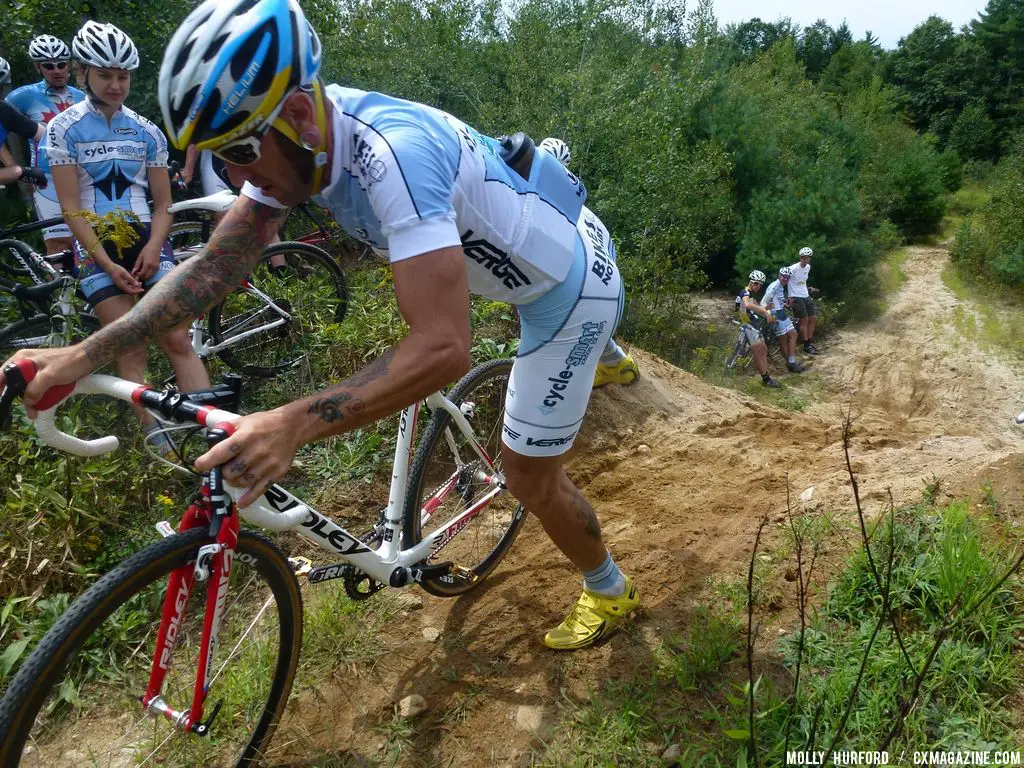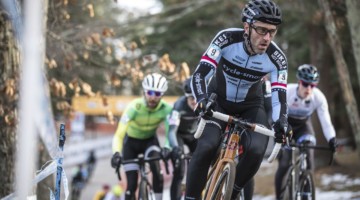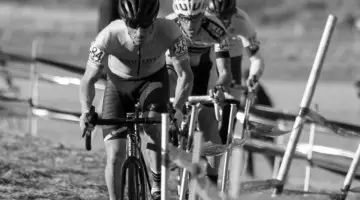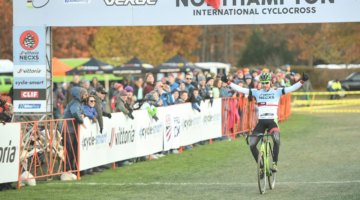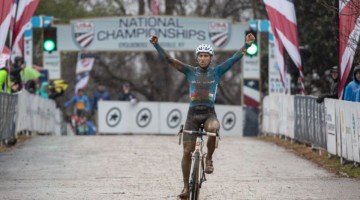Last week for Technique Tuesday, Adam Myerson examined the steps involved with handling multi-race weekend during the weekend. Week after punishing week, however, can leave your legs feeling run-down, and inevitably, a rider needs a break from riding. Today, Myerson explains why riders shouldn’t fear a mid-season break, and examines what the body should feel like during the time off.
You can find other training ideas and articles at cycle-smart.com, as well as information on internationally-recognized coaching and clinic programs for all skill levels.
by Adam Myerson
It never fails. After a winter of logging long miles and a spring of racing into top shape, summer rolls around and the bottom drops out of your form. With the first half of the season done and many target races come and gone, July is notorious for being many road and MTB riders’ worst month of the year. A summer stage race or criterium series is a great incentive in the early season, but can turn into concrete shoes once it’s over. It can feel like you haven’t trained in ages, the heat’s making you lethargic, and there’s just no motivation to get out the door and ride anymore.
At this point, one of two things typically happens. Many riders in the lower categories will simply pack it in for the year. The fun is gone, the motivation is gone, the family wants to go the beach; it’s just too easy to walk away from something that’s making you feel badly. And because cycling is a sport that’s hard to do with partial commitment, when it goes badly, it can cloud your perspective on life in general. Once burnout sets in, for some riders, the only solution is to put the bike away until the fall.
The other extreme is the rider who thinks that because they feel bad on the bike, they must need more training, and go out and start like it’s January again. It’s easy to make this mistake, particularly if you’ve been tapering for target events and doing a lot of resting between racing. You felt good in the spring when you were doing long miles, all you’ve been doing is racing for the past month or so and feel like it’s been forever since you actually trained, so why not go back and do the training that felt good again?
The problem there is that when you started training in the winter, you were coming from an off-season that left your recovery system fresh and ready to be tested. In the middle of the season, after 4-6 months of training and racing, your ability to recover is impaired, but your base level of fitness is still high — probably higher than you think. But after all the racing you’ve been doing your fatigue level is high as well, and you simply may not be able access all the form you have hiding under that wet blanket of tiredness. The key to uncovering that form, then, lies somewhere between these two options of walking away completely, and jumping right back into training. And in fact, you want to do a little of both.
First, don’t fear the mid-season break. 5-10 days of easy, 1-hour rides with a few days off mixed in can do miracles for your motivation, and your form. You’ll lose a lot less than you think, and it takes a lot more than one week to undo 6 months of training. What you’ll lose in fitness, you’ll gain in freshness and motivation. I’m a firm believer in being fresh and underfit over tired and in shape, and this is one of the best places to apply that logic.
This week off can be one of your hardest weeks of the season, though. It takes a lot of commitment for people to force themselves not to train for a week, and to take a weekend off from racing. For many of us, it’s hard to figure out what to do with ourselves with all this extra free time. But that’s exactly what you have to focus on. Go to the movies, clean the house, overhaul your bike; whatever it is that you’ve been putting off all year, now’s the time to do it. If you’re married, your spouse will love you for it.
You might also feel physically bad for the first part of this break. If you’re overtrained, even the easy rides will feel terrible. And every day that you ride easy, it can feel like your fitness is just withering away, while you still feel lousy on the bike. If you stick it out, though, there’ll come that one day, perhaps five or so days into your break, that you’ll all of a sudden notice that your legs just don’t hurt anymore; that your heart rate is starting to be more responsive and dynamic; that the watts are creeping back up as perceived exertion goes down. This is the feeling your looking for, and you have to take as many easy days as needed for this feeling to come back. When it does, it’s unmistakable, and it means you’re ready to train again.
If you let yourself take this break you’ll notice a few things have changed. You’ll find that your heart rate goes up very easily with very little perceived exertion and that, in fact, it feels good to go hard again. If you train with power, you’ll find you can hit peak power very easily, but that steady state power will be low against PE and HR. This is the trade off between a little bit of fitness for a whole lot of freshness, and after a week or so of training, you’ll find the fitness will come back very quickly, and the freshness will remain.
What to actually do for training from this point will vary based on your goals for the remainder of the season. If you have some important road or MTB targets left in the second half of the season, you may do a short rebuilding period focusing on threshold and tempo work leading up to your big events, and then coast off that form for the remainder of the season. If you’ve got a lot of racing coming up, but with no clear targets, you might go right back into a maintenance focus where you really only train one day a week, and put all your efforts into being fresh for the races. If cyclocross is a focus for you, you’ll want to start from square one again and begin your base phase from the bottom up, aiming to finish in late August, and using any remaining road or MTB races as training.
Regardless of your focus for the second half of the season, the key is to remember that there’s a lot of good racing left, and many opportunities to score big results when other riders are cracked. Most riders don’t have the confidence or faith to take a break like this in the middle of the year, but for those who do, it invariably leads to renewed vigor and life in what might have been turning into a lackluster summer. Believe in the fact that you won’t lose as much fitness as you think, and let your fresh legs and mind carry you into the remaining races with an confident attitude.













